The 7 Wonders of the Modern World: Treasures of History and Beauty
Published on December 17, 2024
Since Antiquity, the wonders of the world have fascinated humanity. In the past, seven impressive sites symbolized the ingenuity and creative genius of ancient civilizations. Today, a new ranking of world wonders dazzles us. Among them: the Great Wall of China, Petra in Jordan, the Christ the Redeemer Statue, Machu Picchu, the archaeological site of Chichén Itzá, the Colosseum of Rome, and finally, the Taj Mahal in India.
The Great Wall of China
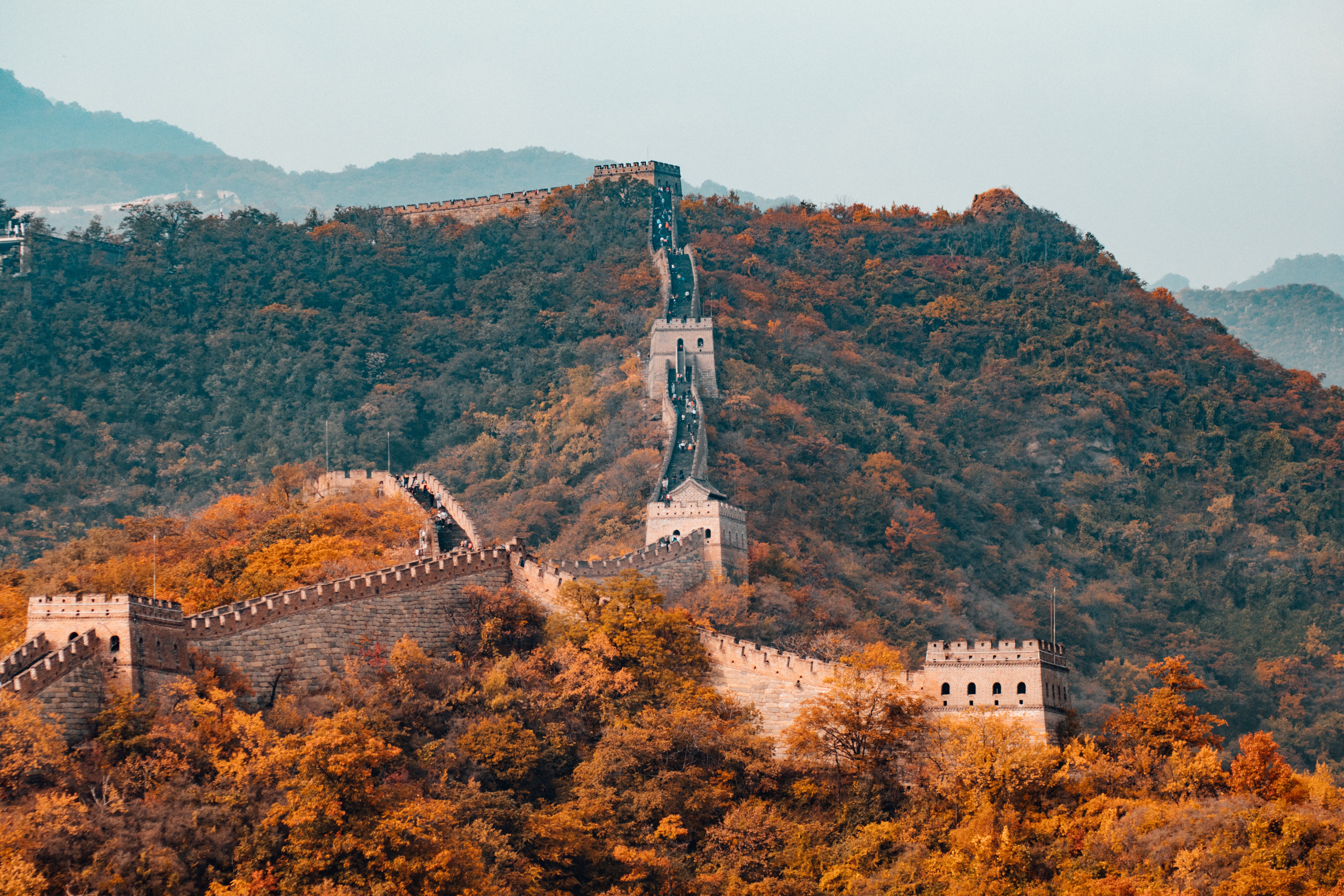
Majestic and imposing, it is one of the most emblematic symbols of human genius. Built more than 2,000 years ago to protect China from barbarian invasions, this architectural marvel stretches for nearly 21,000 kilometers across breathtaking landscapes. The Great Wall is a technological feat, a witness to history, and a reminder of the unifying power of Chinese civilization.
Petra – Jordan
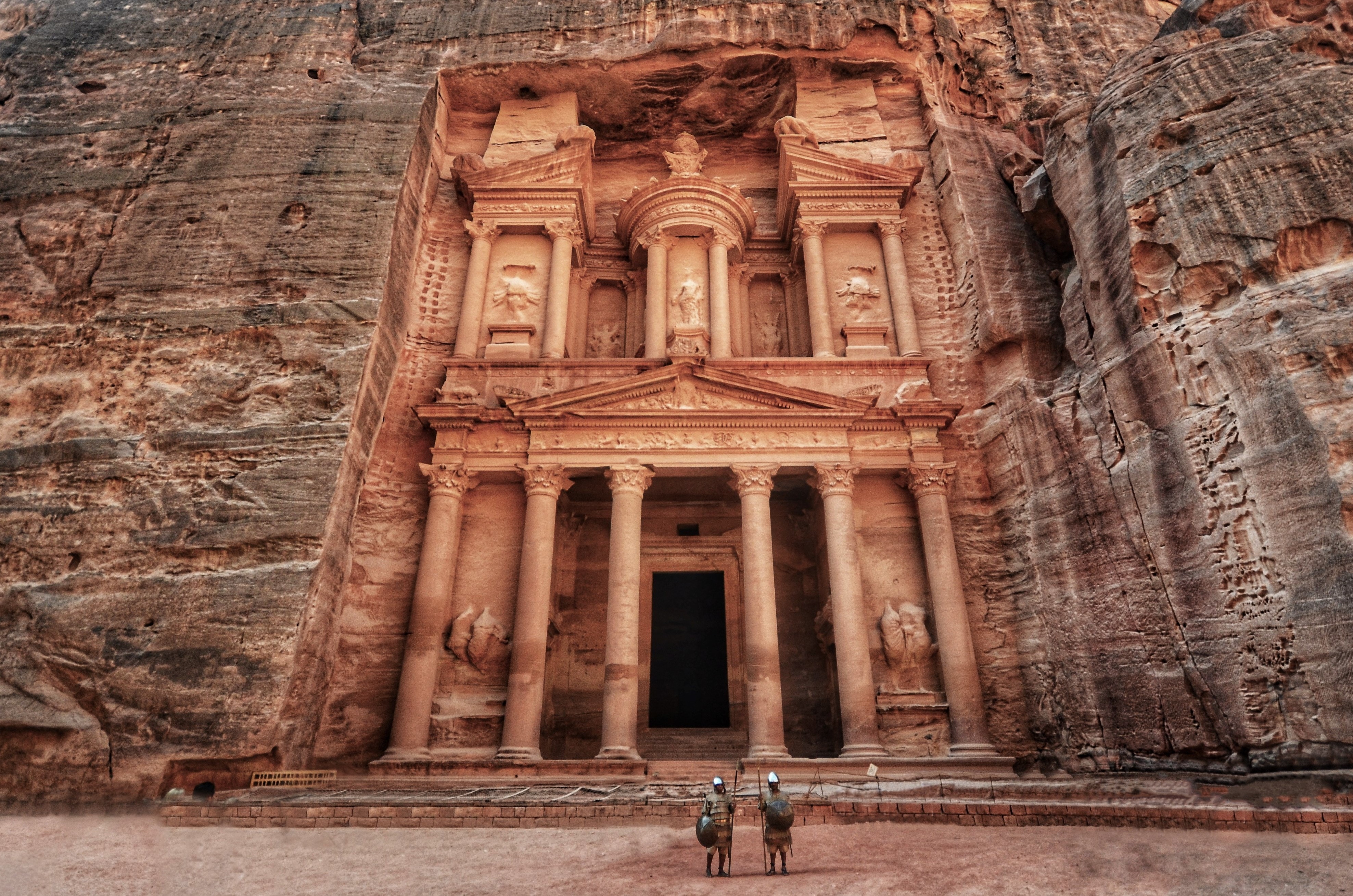
A jewel nestled in the heart of the Jordanian desert, Petra is an invaluable archaeological site. Carved into the rock more than 2,000 years ago by the Nabataeans, this ancient city is famous for its spectacular rock-cut facades. The most iconic of them is none other than the Treasury of Al-Khazneh. Petra offers a journey through time, evoking the ingenuity of its builders and the brilliance of a lost civilization.
Christ the Redeemer Statue – Brazil
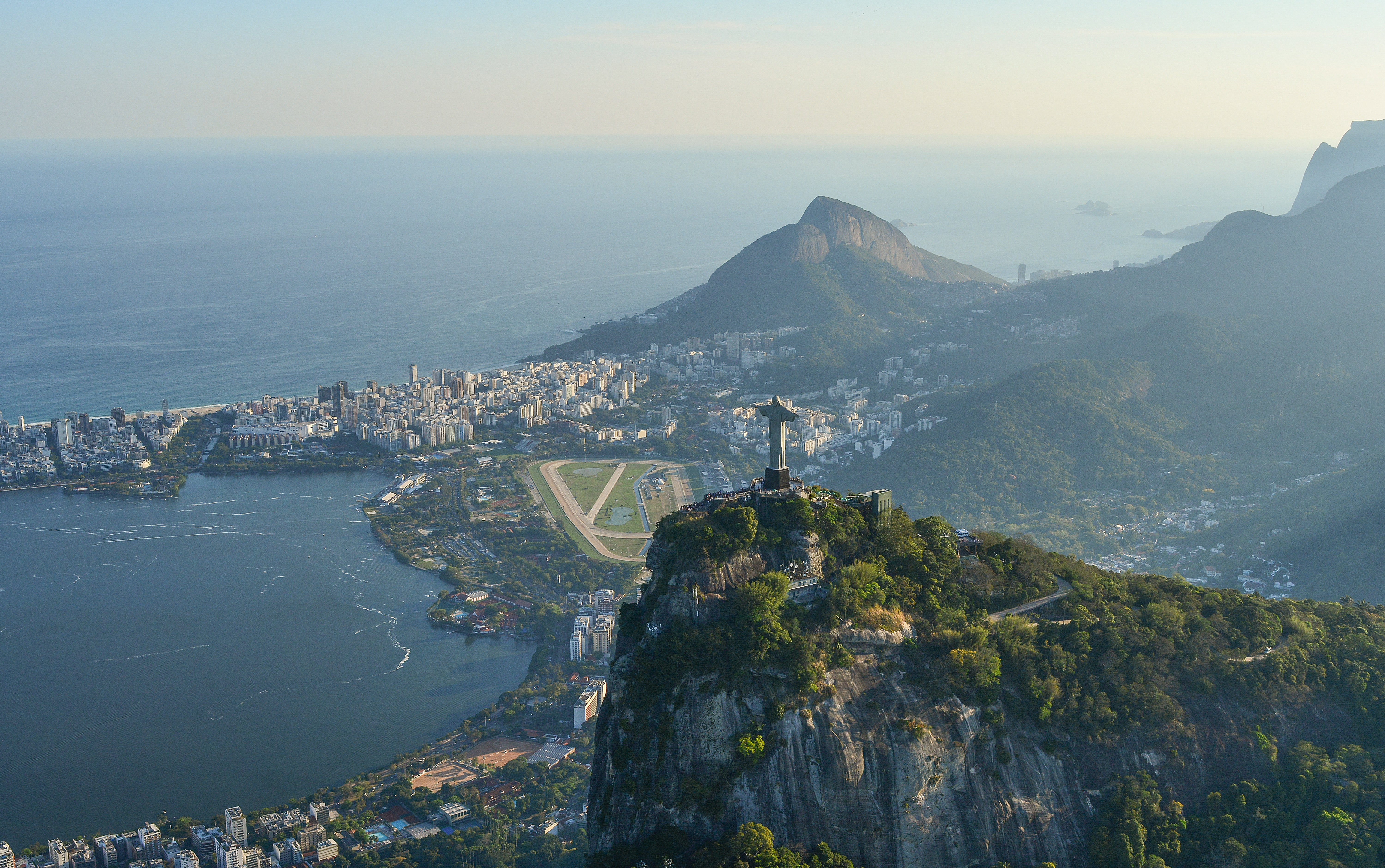
At the top of Corcovado, the statue is a symbol of peace and welcome. This imposing reinforced concrete sculpture, rising 30 meters high, offers a breathtaking panoramic view of the bustling city and the picturesque landscapes of Brazil. This religious and cultural icon is a shining example of modern engineering.
Machu Picchu – Peru
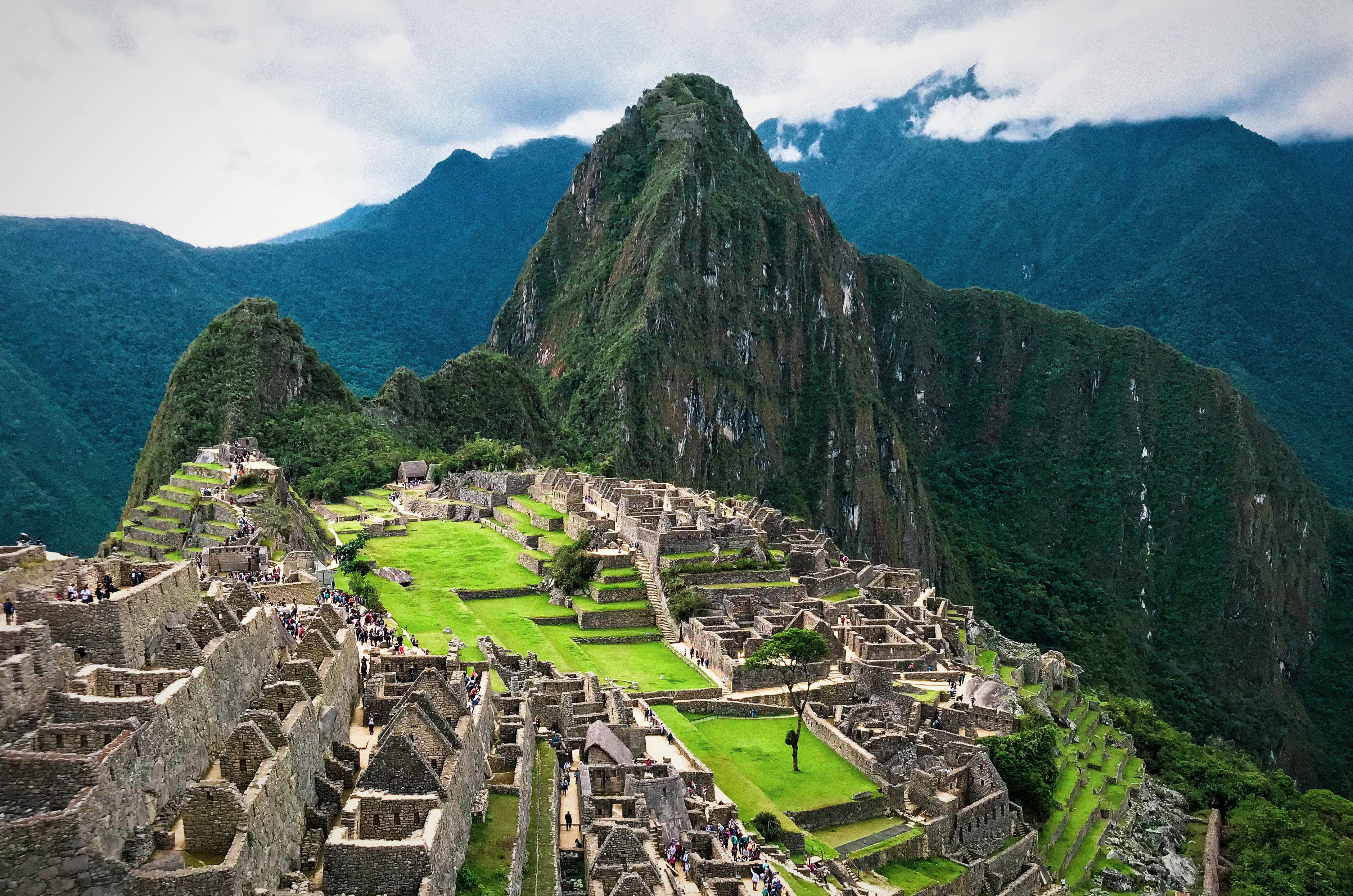
Perched in the mountains of the Peruvian Andes, Machu Picchu is a fascinating archaeological treasure. This ancient Inca city is considered a retreat for emperors. Moreover, the city is surrounded by breathtaking natural beauty. The expertly carved stone ruins, ingenious agricultural terraces, and mountainous landscapes make Machu Picchu a mystical and captivating site.
Chichén Itzá – Mexico
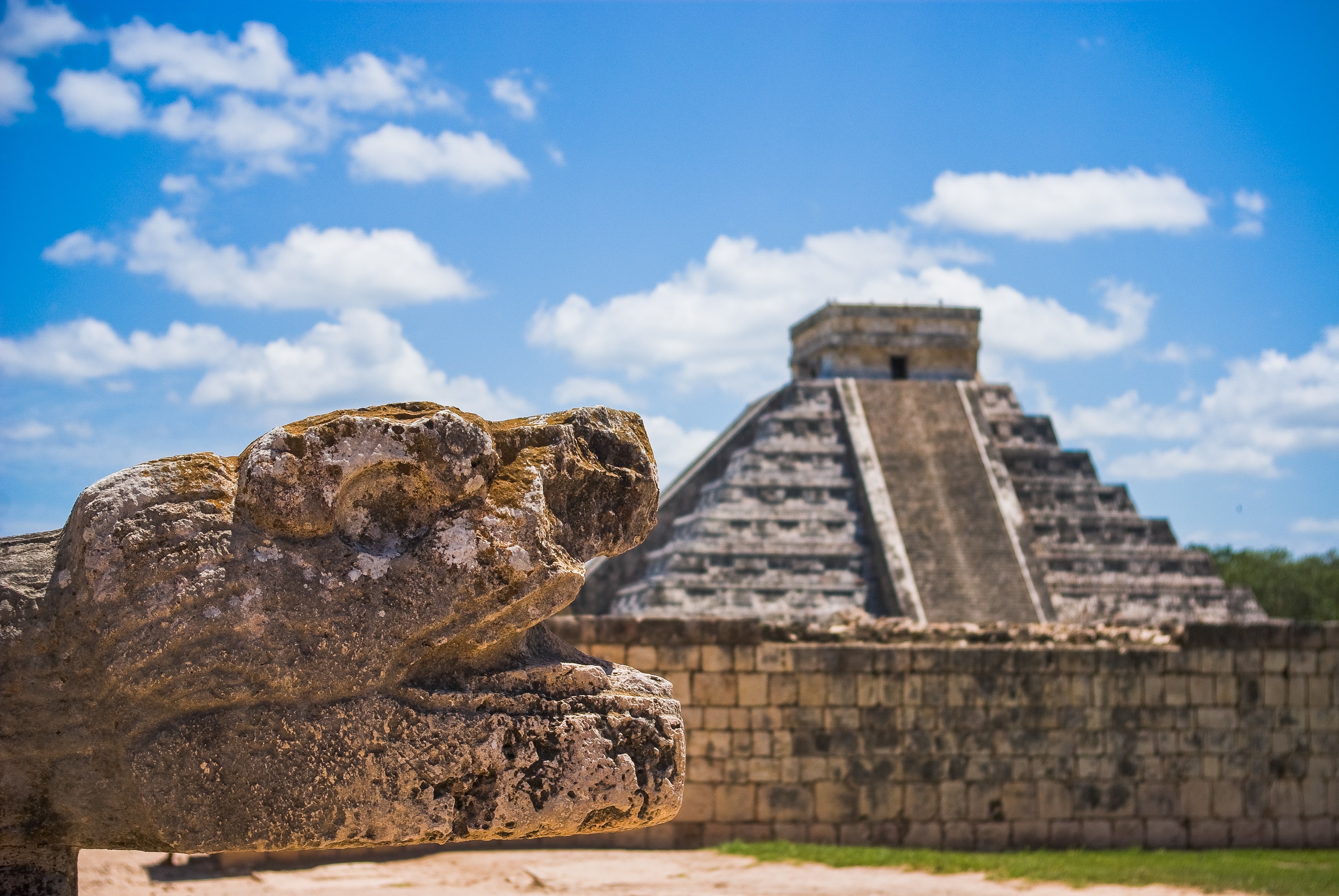
The archaeological site of Chichén Itzá is another impressive treasure. It is home to the pyramid of Kukulcán, also known as El Castillo. The latter is a majestic pyramid dedicated to the feathered serpent god Kukulcán. Chichén Itzá is also famous for its astronomical observatory, its ball courts, and its fascinating sculptures, testimonies to the expertise of the Mayans.
The Colosseum of Rome – Italy
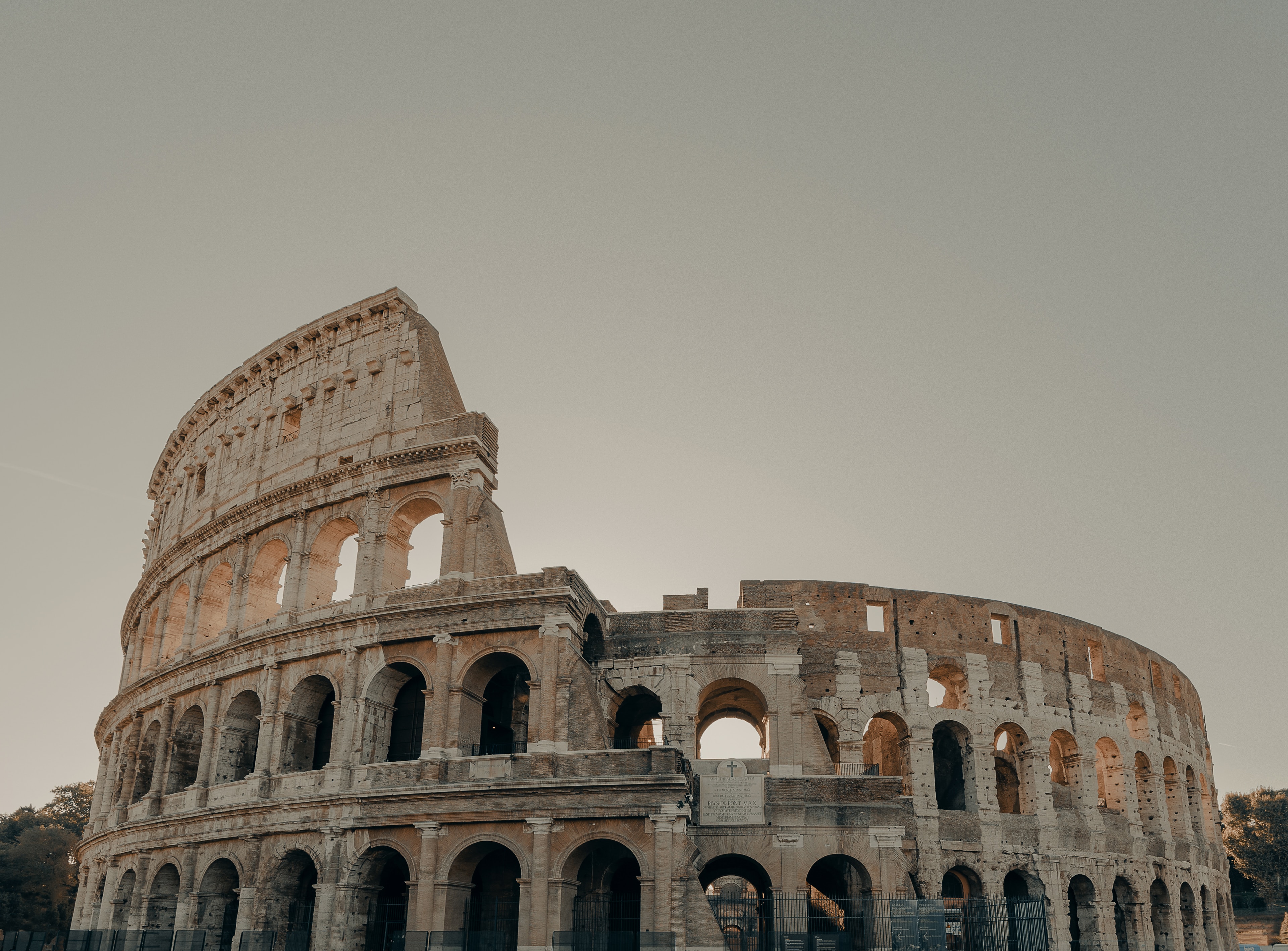
An iconic vestige of the Roman Empire, the Colosseum is a masterpiece of engineering and architecture. This large amphitheater could accommodate up to 80,000 spectators for gladiator fights and other grandiose shows. The Colosseum is an impressive representation of the grandeur and sophistication of Roman civilization.
The Taj Mahal – India
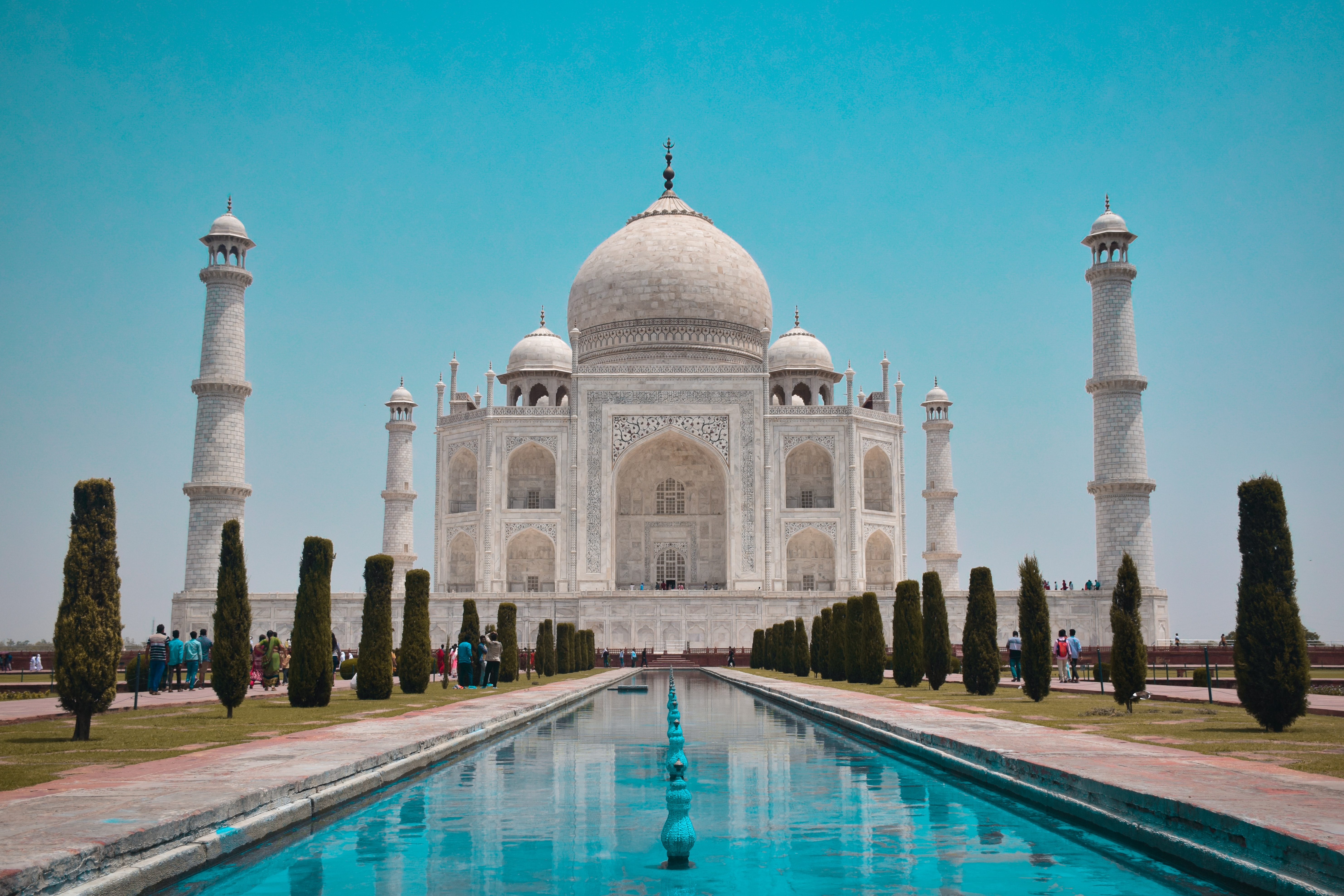
The Taj Mahal, located in Agra, India, is one of the most romantic wonders in the world. It was built by Emperor Shah Jahan in memory of his beloved wife, Mumtaz Mahal. This stunning monument is an eternal tribute to love. Its symmetrical beauty, exquisite gardens, and marble inlaid with precious stones make it an architectural masterpiece and a must-see destination for travelers from around the world.
These seven wonders of the modern world bear witness to the richness of history and the cultural diversity of our planet. They continue to inspire us, to amaze us, and to remind us of the ingenuity and infinite creativity of humanity through the ages. By preserving them, we ensure that these treasures will continue to dazzle future generations.
Are you planning a trip to one of the countries that is home to these 7 wonders? Check out our travel ideas:
A website by
Customize your trips with Quotatrip and receive tailor-made offers directly in your inbox.
Discover a country